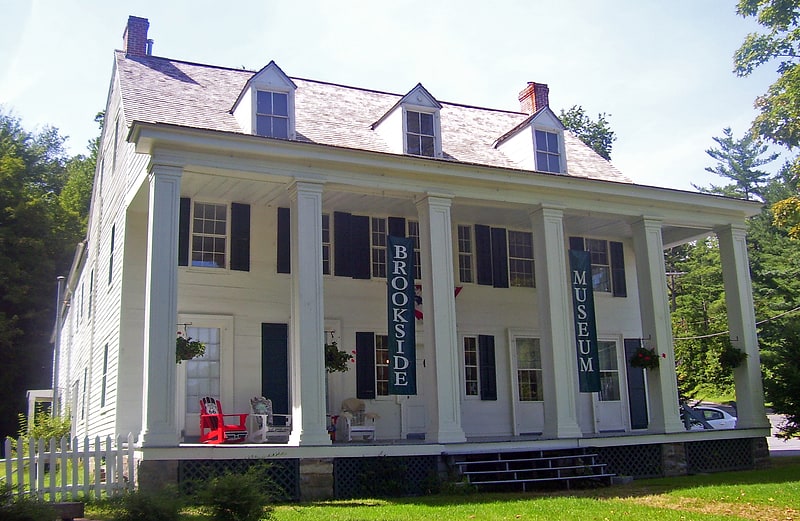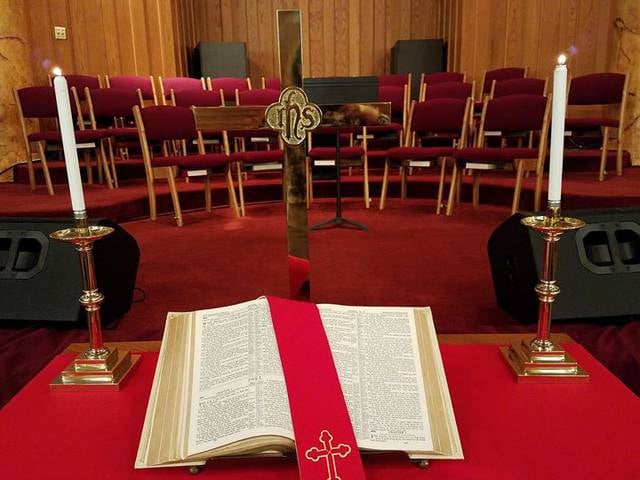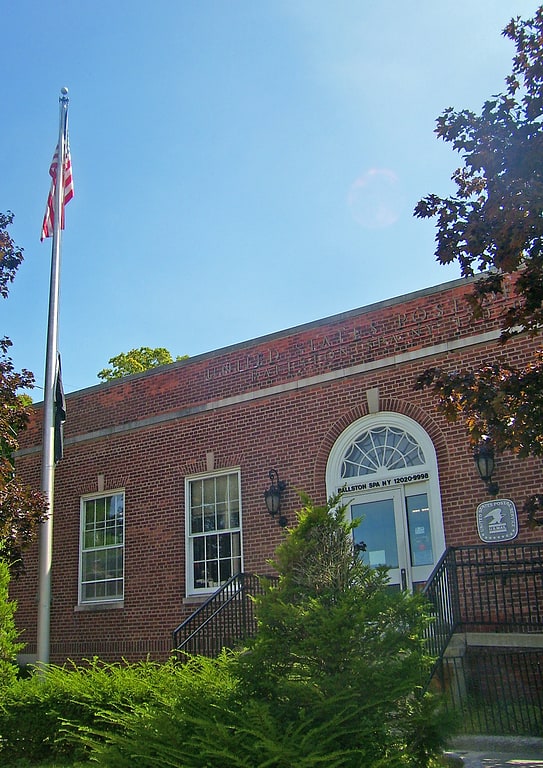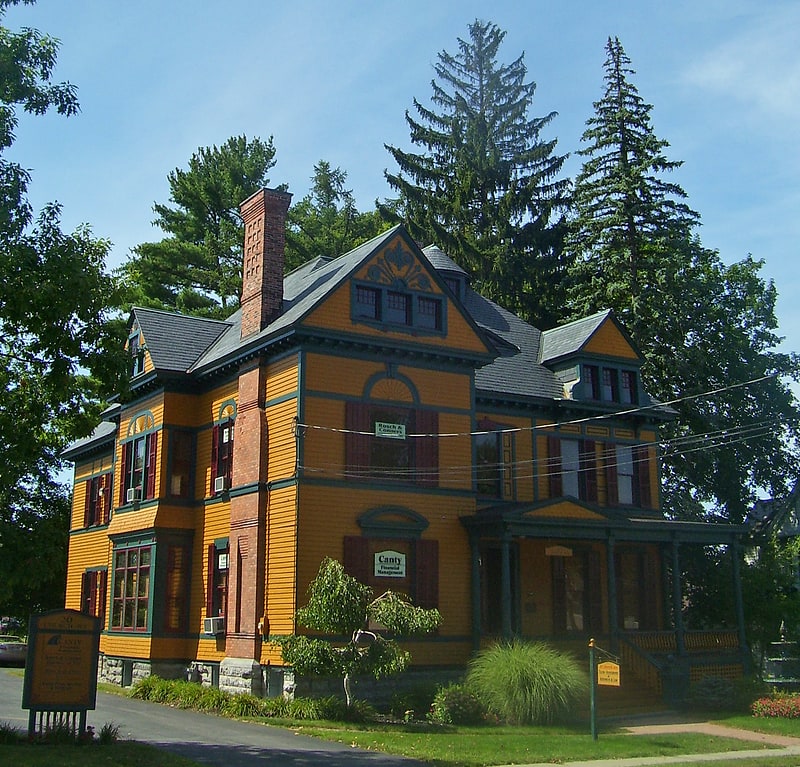Discover 5 hidden attractions, cool sights, and unusual things to do in Ballston Spa (United States). Don't miss out on these must-see attractions: Brookside Museum, St. Mary's Church, and Ballston Spa Public Library. Also, be sure to include Verbeck House in your itinerary.
Below, you can find the list of the most amazing places you should visit in Ballston Spa (New York).
Table of Contents
Brookside Museum

Museum in Ballston Spa, New York. Brookside Museum, sometimes known as the Aldridge House, is located on the western edge of downtown Ballston Spa, New York, United States. It is a wooden house built in 1792, one of the oldest in the village, but modified since then.
It was originally used as an inn for visitors to the spring waters that gave the village its name, very near its location. The inn had several famous guests; for example, James Fenimore Cooper is said to have written some of The Last of the Mohicans during his stay. The building has been a boys' school, a private residence, a boarding house, a sanatorium, and apartments. In 1970, the Saratoga County Historical Society purchased the building and opened it as a museum.
In 1975 it was listed on the National Register of Historic Places, the first of four properties in the village to be listed.[1]
Address: 6 Charlton St, 12020-1707 Ballston Spa
St. Mary's Church

Church in Ballston Spa, New York. St. Mary's Church is a Catholic parish located in Ballston Spa, New York. It is located within the Roman Catholic Diocese of Albany. Father Francis R. Vivacqua is the current pastor. St. Mary's is the fourth oldest parish in the Diocese. St. Mary's of Ballston Spa has a mission church, St. Mary's of Galway.[2]
Address: 202 Milton Ave, 12020 Ballston Spa
Ballston Spa Public Library

Building in Ballston Spa, New York. The U.S. Post Office in Ballston Spa, New York, is located on Front Street in the village's commercial center. It is a brick building constructed in the mid-1930s, serving the 12020 ZIP Code, which covers the village and the surrounding areas of the Town of Ballston.
Designed by Louis A. Simon, supervising architect of the Treasury Department, it uses an extremely restrained version of the Colonial Revival architectural style common on most post offices in small towns from that period. Only one other post office in New York is similar to it. In 1988 it was listed on the National Register of Historic Places.[3]
Address: 21 Milton Ave, Ballston Spa
Verbeck House

Building in Ballston Spa. The Verbeck House is located on Church Street just south of downtown Ballston Spa, New York, United States. It is a frame house built in the late 19th century.
It was one of the last buildings designed by regionally important architect Marcus F. Cummings. The building is one of the few houses he designed late in his career, and one of his few in the Queen Anne architectural style. It retains much of its ornate period interior decorations.
In 1983 it was listed on the National Register of Historic Places. It was used for a time afterwards as the National Bottle Museum, which obtained a state matching grant to restore it. The museum later moved to larger quarters in the village's downtown following a legal dispute with its parent organization. Today the house is home to some professional offices.[4]
Union Mill Complex

Mill in Ballston Spa, New York. The Union Mill Complex, is located at the junction of Milton Avenue and Prospect Street in Ballston Spa, New York, United States. It is a complex of three late 19th-century brick buildings on a 4-acre lot, and the ruins of a dam.
Originally built to harness the nearby Kayaderosseras Creek for textile production, in the years of the Gilded Age, George West converted it to paper bag production and made the center of his company. It later became a chocolate factory, and then a warehouse for a local plastics concern. In 1982 it was listed on the National Register of Historic Places, and is now used as a retail complex.[5]